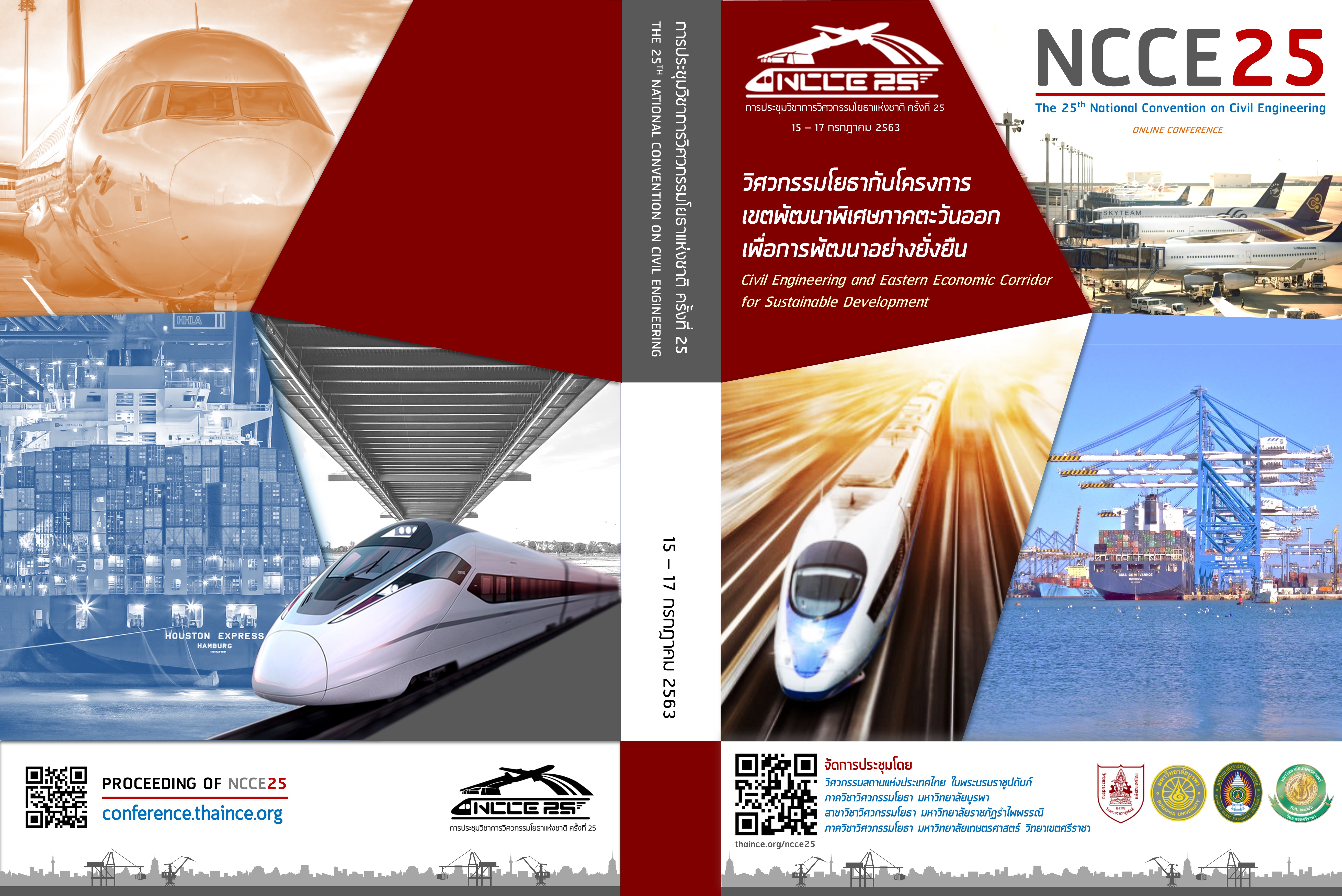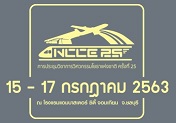Effects of plant transpiration on surface movement of adjacent infrastructure
Abstract
Most of infrastructures, including pavements and pipelines, in Bangkok are located on soft clay areas. Damages on those structures were reported and found to be related to seasonal shrinkage and swelling of the soft clay. The severity rate may be multiplied when plant roots are present. The root water-uptake can magnify the pore water pressure (PWP) variations and hence enhance soil volume change. This can cause more differential settlement to new and existing infrastructure. In the past, safety distance between plants and infrastructure were based on the height of trees but ignored any variation of PWP. Consideration of the PWP variation induced by plants would promote better and more sustainable design of new and existing infrastructures. This paper will investigate the effects of plant transpiration on the safety and serviceability of adjacent infrastructure. The new modeling approach will be introduced to simulate PWP variations from different plant species. The hydraulic boundaries will be created along the depth parallel to ground surface. This allows different total heads to be assigned and validated against comprehensive field data observed during seasonal drying and wetting. To model coupled and highly-nonlinear hydro-mechanical behavior, hypoplastic model for unsaturated soil will be adopted. The finite element mesh will be created to model flat ground and soil parameters will be calibrated with existing datasets from laboratory tests in the literature. The results will focus on settlement and moment distribution of adjacent infrastructure induced by different plant species.
Downloads
Downloads
Published
How to Cite
Issue
Section
License
บทความทั้งหมดที่ได้รับการคัดเลือกให้นำเสนอผลงานในการประชุมวิชาการวิศวกรรมโยธาแห่งชาติ ครั้งที่ 25 นี้ เป็นลิขสิทธิ์ของ วิศวกรรมสถานแห่งประเทศไทย ในพระบรมราชูปถัมภ์



